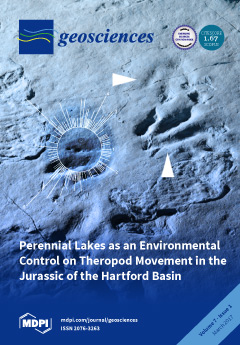Volcanic eruptions are often preceded by precursory increases in the volcanic carbon dioxide (CO
2) flux. Unfortunately, the traditional techniques used to measure volcanic CO
2 require near-vent, in situ plume measurements that are potentially hazardous for operators and expose instruments to
[...] Read more.
Volcanic eruptions are often preceded by precursory increases in the volcanic carbon dioxide (CO
2) flux. Unfortunately, the traditional techniques used to measure volcanic CO
2 require near-vent, in situ plume measurements that are potentially hazardous for operators and expose instruments to extreme conditions. To overcome these limitations, the project BRIDGE (BRIDging the gap between Gas Emissions and geophysical observations at active volcanoes) received funding from the European Research Council, with the objective to develop a new generation of volcanic gas sensing instruments, including a novel DIAL-Lidar (Differential Absorption Light Detection and Ranging) for remote (e.g., distal) CO
2 observations. Here we report on the results of a field campaign carried out at Mt. Etna from 28 July 2016 to 1 August 2016, during which we used this novel DIAL-Lidar to retrieve spatially and temporally resolved profiles of excess CO
2 concentrations inside the volcanic plume. By vertically scanning the volcanic plume at different elevation angles and distances, an excess CO
2 concentration of tens of ppm (up to 30% above the atmospheric background of 400 ppm) was resolved from up to a 4 km distance from the plume itself. From this, the first remotely sensed volcanic CO
2 flux estimation from Etna’s northeast crater was derived at ≈2850–3900 tons/day. This Lidar-based CO
2 flux is in fair agreement with that (≈2750 tons/day) obtained using conventional techniques requiring the in situ measurement of volcanic gas composition.
Full article





